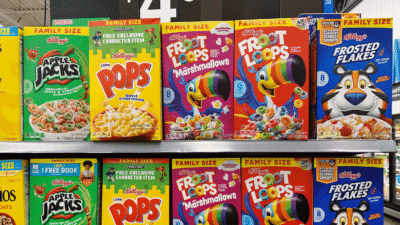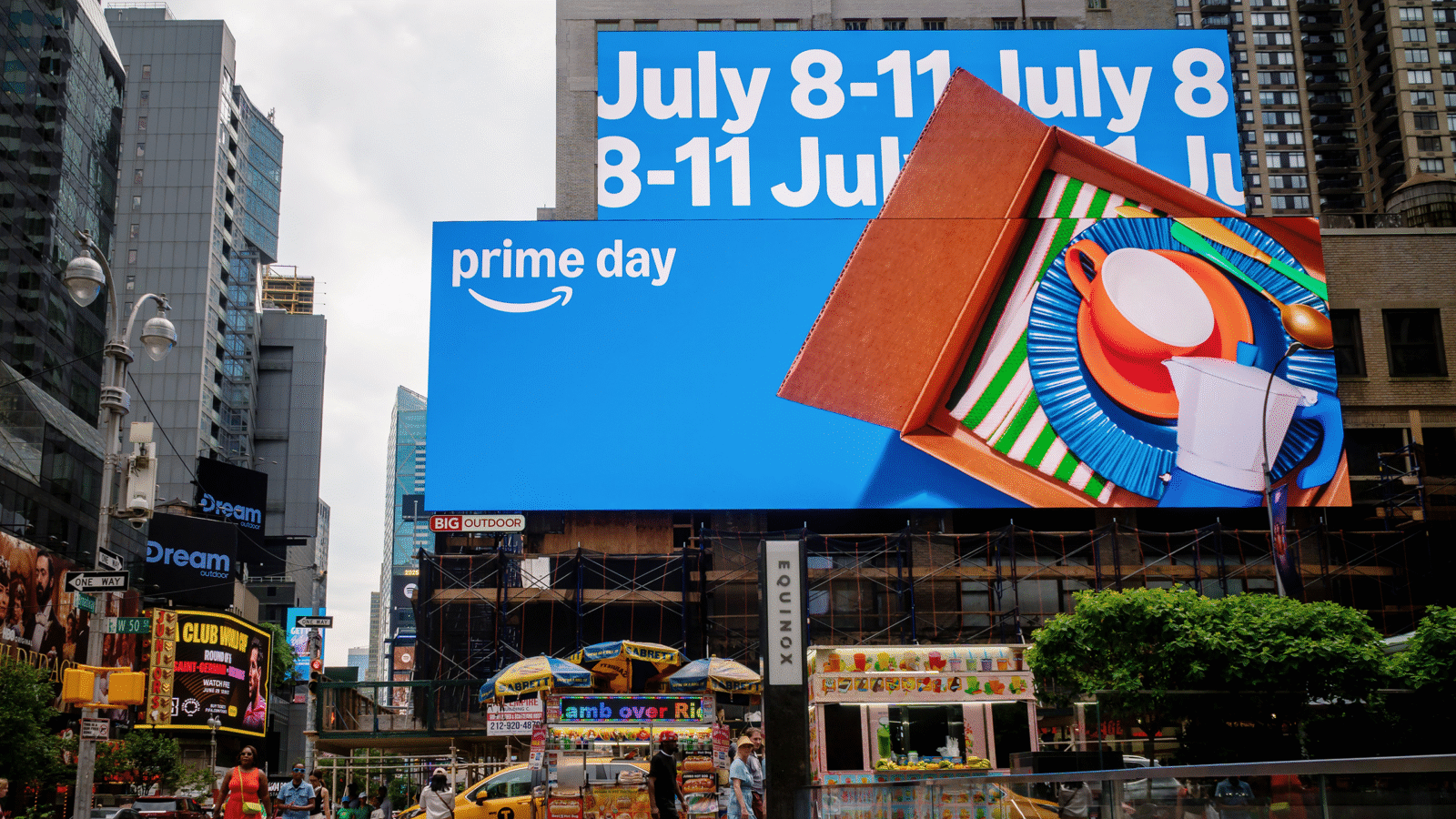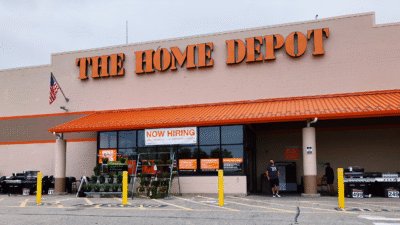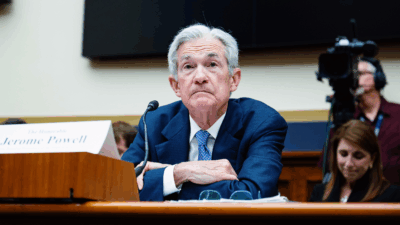Inflation is Everywhere, But Some Grocery Items Are Getting Hit Worse Than Others

Sign up for smart news, insights, and analysis on the biggest financial stories of the day.
Keto, Whole30, intermittent fasting. Chances are you’ve heard about, attempted, or witnessed a friend trying out any one of these trendy diets in the past couple of years.
But now a new diet is entering the mainstream: the inflation diet. Despite rising prices slamming seemingly every aisle at the grocery store, the cost of a handful of items have remained surprisingly stable so far this year.
Trader Woes
The phenomenon of rising food costs is news first delivered via your weekly grocery receipt, not The New York Times. Between May 2021 and May 2022, prices for “at home” foods increased nearly 12%, according to the US Bureau of Labor Statistics (BLS). That’s the biggest 12-month increase since 1979.
Still, redrafting your grocery list can help you avoid the worst of inflation — and maybe make a few healthy choices along the way:
- The price of meat and weal is up over 12%, while chicken is up over 17%, and eggs — once the cheap, easy-to-cook meal of choice for bachelor pads everywhere — are up over 32%, according to BLS. Fruits and vegetables, comparatively, are only up 8% in the past year, with tomatoes only up 2% and strawberries now often cheaper than a year ago — time to get creative with salads.
- Java prices are up over 15% across the nation, according to BLS, meanwhile, tea prices have remained relatively stable. It may be time to swap that Americano for a nice Earl Gray.
High-Costco: Even Costco — which infamously has gone to extreme lengths to keep its rotisserie chicken selling at only $4.99 — is buckling against the weight of inflation. Last week, the bulk box-store increased the prices of its food court’s chicken bake one dollar to $3.99, and a 20-ounce soft drink from $0.59 to $0.69 — meaning customers are paying both more at the checkout line to bring food and for the quick treat they’re grabbing on the way out the door. Thankfully, free samples remain free.











